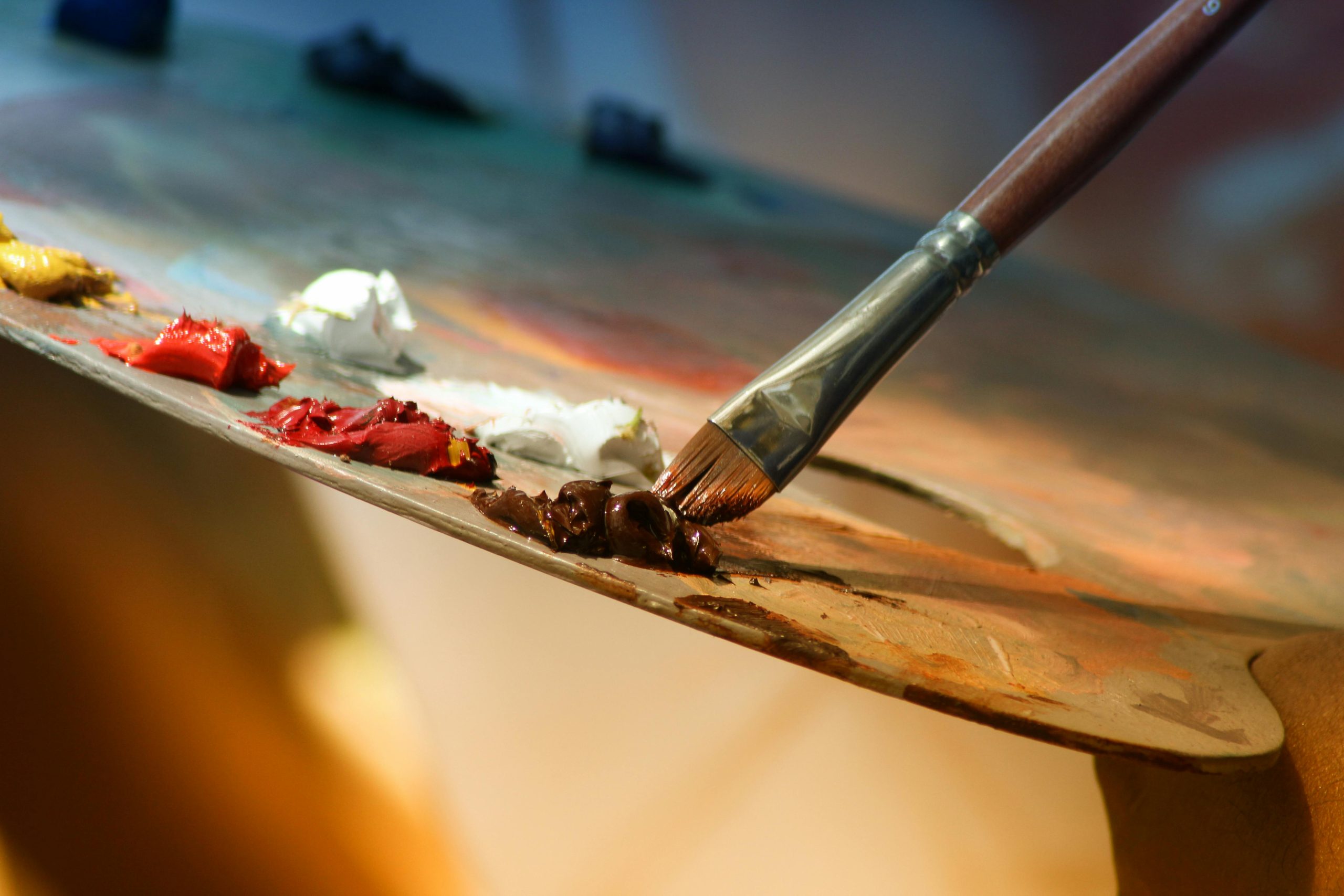How Can UK Art Galleries Use Virtual Exhibitions to Reach a Global Audience?

The art world is witnessing a digital revolution. With the advent of virtual reality (VR), online platforms, and digital exhibitions, UK art galleries and museums are entering a new era. The potential to reach a global audience and provide immersive experiences to art enthusiasts is growing exponentially. But how can these institutions adapt and leverage these cutting edge technologies to their advantage? Let’s explore.
The Virtual Museum: A New Frontier
The concept of the virtual museum is not new. However, the rapid advancements in digital technologies have redefined what it means to visit a museum or gallery. Online visitors can now have an experience that is as immersive, enriching and satisfying as walking through the hallowed halls of a physical museum.
A lire en complément : How to Implement a Successful Employee Share Scheme in a UK SME?
Virtual museums use a blend of advanced technology, including VR, augmented reality (AR), 3D modelling, and high-resolution imaging to create realistic and immersive online exhibitions. These exhibitions allow art lovers from every corner of the globe to explore collections in unprecedented detail, at their own pace and without geographical constraints.
UK museums and galleries, including the British Museum and the Tate Modern, have started to embrace these technologies, offering virtual tours and digital exhibitions. This allows them to engage with a broader global audience, boosting their visibility and reach.
A lire en complément : What Are the Implications of 5G for UK Mobile Gaming Companies?
Harnessing Social Media as an Exhibition Platform
Social media platforms are instrumental in the development of virtual art exhibitions. They offer a ready-made global platform for museums and galleries to reach out to a vast and varied audience.
Platforms like Instagram, Facebook, and Twitter allow art institutions to showcase their collections in a visually appealing and interactive way. These platforms also enable direct engagement with art enthusiasts through comments, reactions, and shares, fostering a sense of community among the audience.
Moreover, other platforms such as YouTube and TikTok can host video tours of exhibitions, artist interviews, and behind-the-scenes content, providing added value for viewers and drawing them deeper into the art world.
Implementing a robust social media strategy is crucial for art institutions to maximize their reach, stimulate engagement and cultivate a global following.
Creating Immersive Experiences with Virtual Reality
Virtual reality is no longer just a buzzword in the tech industry. It’s a tool that’s reshaping our everyday experiences, including how we engage with art. VR technology can transport art enthusiasts to virtual galleries, where they are free to explore and interact with the artwork in ways they never could in a physical setting.
The level of immersion that VR provides is unparalleled. It enables users to delve into the smallest details of a painting, sculpture, or installation, gain unique perspectives, and experience art in an entirely new way. For art institutions, this translates into a richer, more engaging visitor experience that transcends geographical boundaries.
UK galleries and museums are beginning to understand the potential of VR. For instance, the Tate Modern used VR to take visitors back to Modigliani’s Paris studio, offering a unique view of the artist’s life and work.
The Future of Virtual Exhibitions
Virtual exhibitions are not just a fleeting trend. They represent the future of how art will be experienced and consumed. The ability to reach a global audience, the potential for artist-audience interactions, and the capacity to showcase collections in innovative ways are just a few reasons why virtual exhibitions will continue to grow in popularity.
Artificial intelligence (AI) and machine learning (ML) are set to play a significant role in this future. They will not only enhance the virtual experience but also provide data-driven insights to help galleries and museums understand their audience better and tailor their offerings accordingly.
Conclusion
As we step into this new era of digital art, it’s crucial for UK museums and galleries to understand that virtual exhibitions are not a replacement for the physical experience—they are an addition, an enhancement. They offer a chance to reach art lovers who may not have the means or opportunity to visit in person, and they provide new ways of engaging with and experiencing art. The challenge now is for these institutions to fully embrace the digital revolution and leverage it to their advantage. The future of art is indeed virtual, and the possibilities are endless.
Enhancing Cultural Heritage with Augmented Reality
UK art galleries and museums serve as a gateway to the country’s rich and varied cultural heritage. They house collections that span thousands of years, from ancient relics to contemporary masterpieces. As such, they have a vital role to play in preserving this heritage and making it accessible to future generations.
With the advent of augmented reality (AR), these cultural institutions now have a powerful tool at their disposal to enrich the visitor experience. AR overlays digital information onto the real world, creating an immersive and interactive experience. This technology can be used to bring artwork to life, provide detailed context and historical background, and even recreate lost or damaged artefacts.
For instance, the British Museum used AR to create an interactive guide for its Egyptian mummies exhibition. Through the museum’s mobile app, visitors could point their smartphone at the exhibits and see the mummies unwrapped in real-time, revealing the secrets within. This not only added a layer of interactivity to the exhibition but also allowed the museum to share its collection in a way that was previously unimaginable.
More than just a novelty, AR has the potential to transform how we interact with our cultural heritage. It can offer unprecedented access to collections, unlock new learning opportunities, and create memorable experiences that resonate with a global audience.
Consolidating Online Presence for a Wider Audience
In the digital age, having a strong online presence is vital for museums and galleries. It’s not enough to merely have a website or a Facebook page. To engage with a wider audience and stay relevant, art institutions must be active and visible on multiple media platforms.
By consolidating their online presence, UK galleries and museums can reach out to a global audience, engage with art enthusiasts in real-time, and showcase their collections in innovative ways. This could involve hosting virtual exhibitions, livestreaming events, or even conducting online workshops and seminars.
A strong online presence also opens up possibilities for collaborations with other institutions, artists, and cultural organisations. This could range from joint exhibitions to shared resources and cross-promotion. Such collaborations not only broaden the scope of what museums and galleries can offer but also foster a sense of community and shared cultural identity.
In an increasingly digital world, UK art institutions that harness the power of the internet and social media stand to benefit immensely. They can reach a wider audience, foster global partnerships, and ensure their collections continue to inspire and educate for generations to come.
Conclusion
The digital revolution offers UK art galleries and museums an unparalleled opportunity to redefine how they engage with their audience. By embracing virtual exhibitions, leveraging social media, and capitalising on technologies like VR and AR, they can provide immersive experiences that captivate art enthusiasts worldwide.
However, as they navigate this new digital landscape, these institutions must strive to strike a balance. The goal is not to replace the physical experience of visiting a museum or an art gallery but to augment it, to offer alternative ways of engaging with art that complement and enhance the traditional experience.
The challenge now lies in fully integrating these digital tools into their everyday operations and making the most out of the opportunities they present. In doing so, UK museums and galleries will not only preserve their cultural heritage for future generations but also ensure it remains accessible, engaging, and relevant in a digital world.
